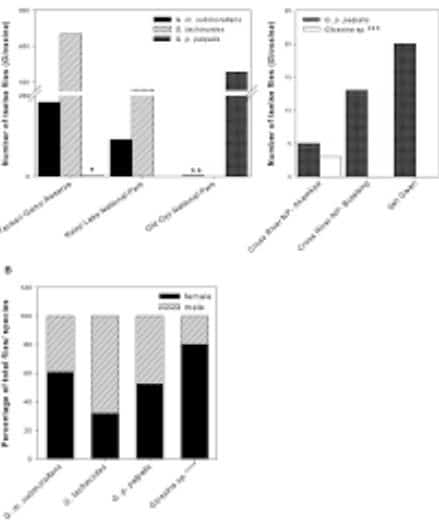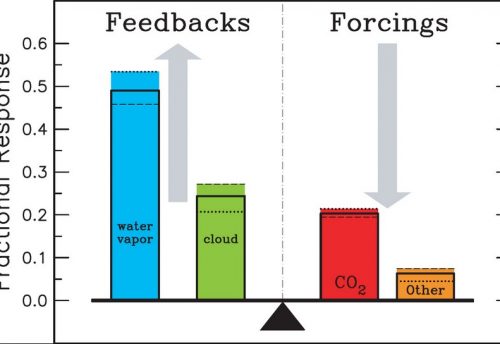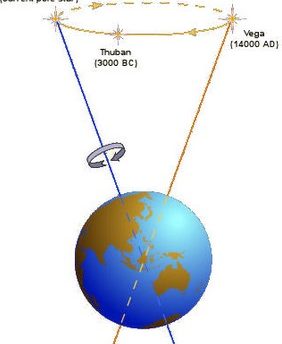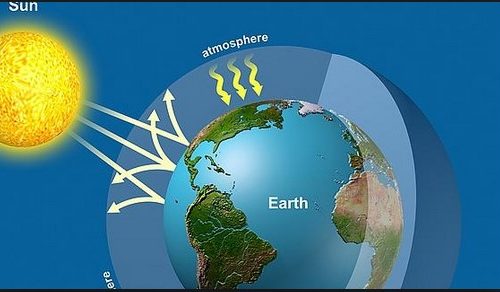
In regions where surface water discharge (via rivers and other waterways) is restricted to inland basins instead of the oceans, changes in the hydrological balance may provide evidence for past climatic fluctuations. In these land-locked basins, water loss is almost entirely due to evaporation. During times of positive water budgets (wetter climates), lakes may develop and expand over large areas; during times of negative water budgets (drier climates), lake levels drop and the aerial expanses recede. Such palaeoclimatic studies are particularly useful in arid or semi-arid areas.
Many factors will influence the hydrological balance of a lake (Bradley, 1985). Factors affecting the rates of evaporation include temperature, cloudiness, wind speed, humidity, lake water depth and salinity. Factors influencing the rate of water runoff include ground temperature, vegetation cover, soil type, precipitation frequency, intensity and type (i.e. rain, snow etc.), slope gradients and stream sizes and numbers.
Episodes of lake growth may be identified by abandoned wave-cut shorelines, beach deposits, perched river deltas and exposed lacustrine sediments (e.g. Bowler, 1976). Episodes of lake retreat may be identified in lake sediment cores or by palaeosols and evaporites developed on exposed lake bed. As well as stratigraphy, microfossil analysis and geochemistry may be used to decipher lake level history (Bradbury et al., 1981).




Leave a Reply